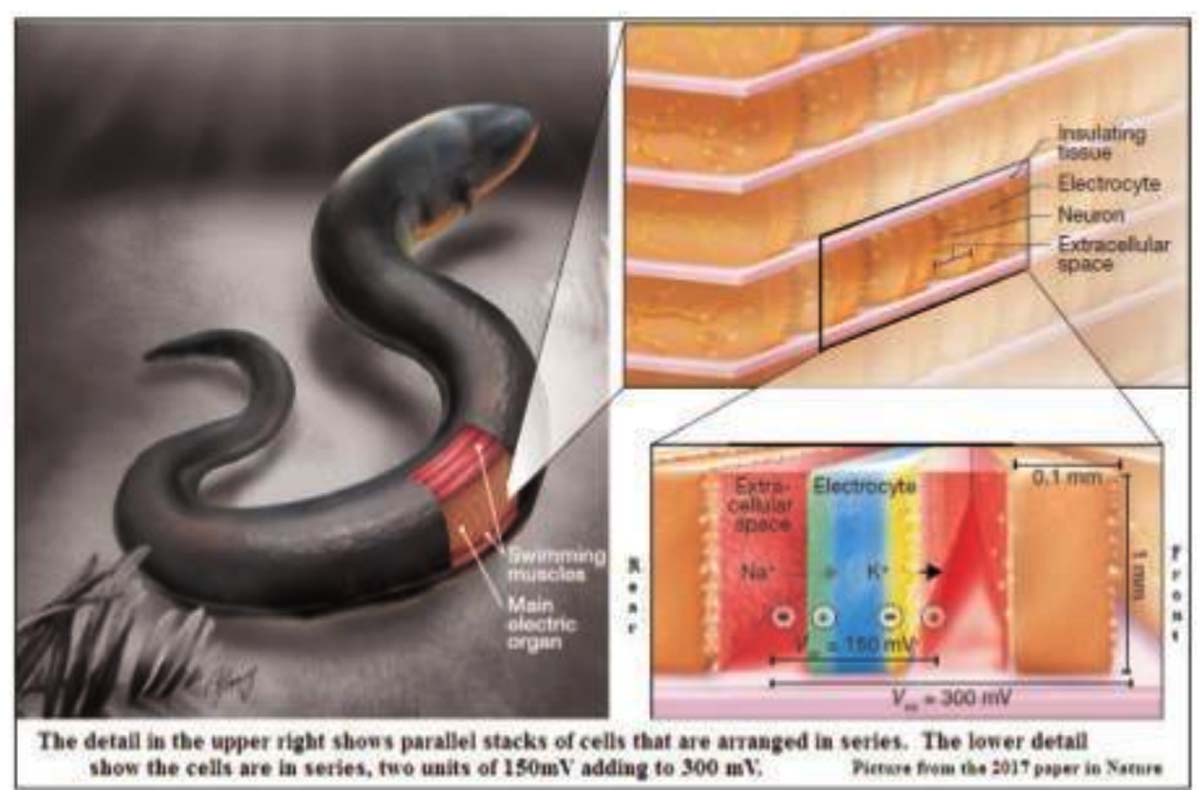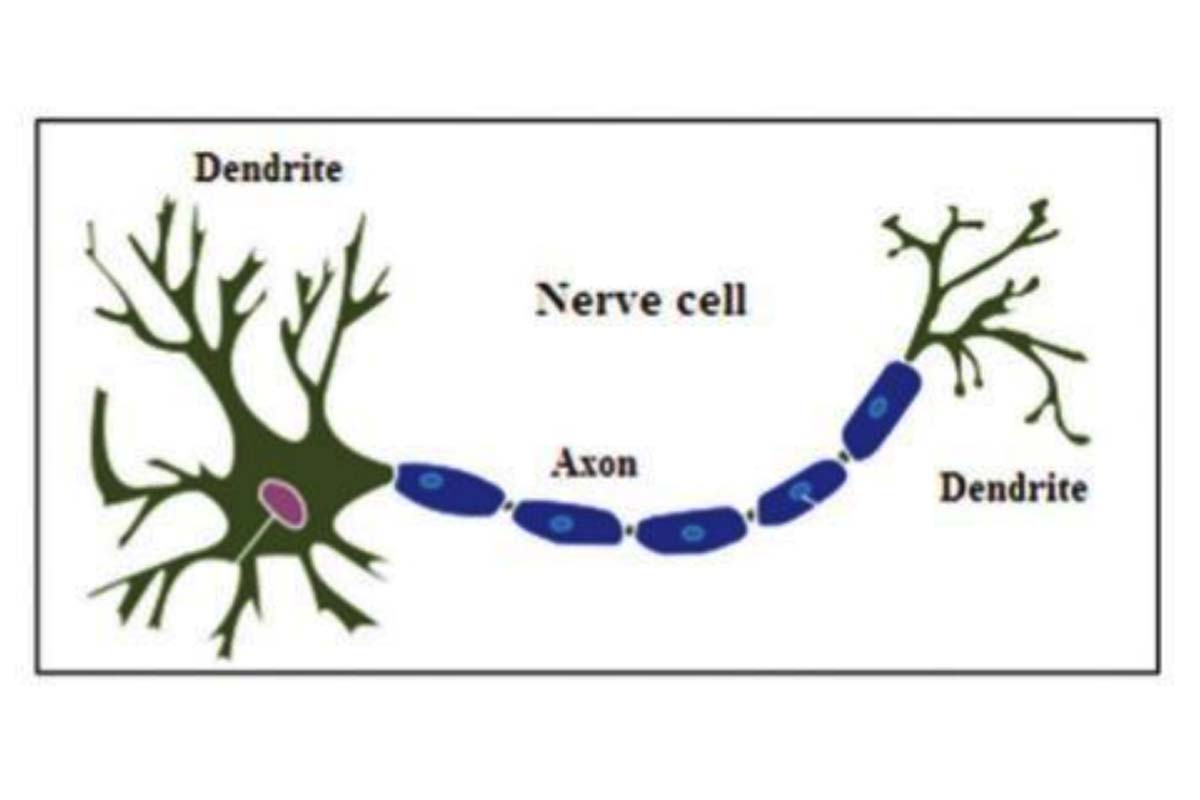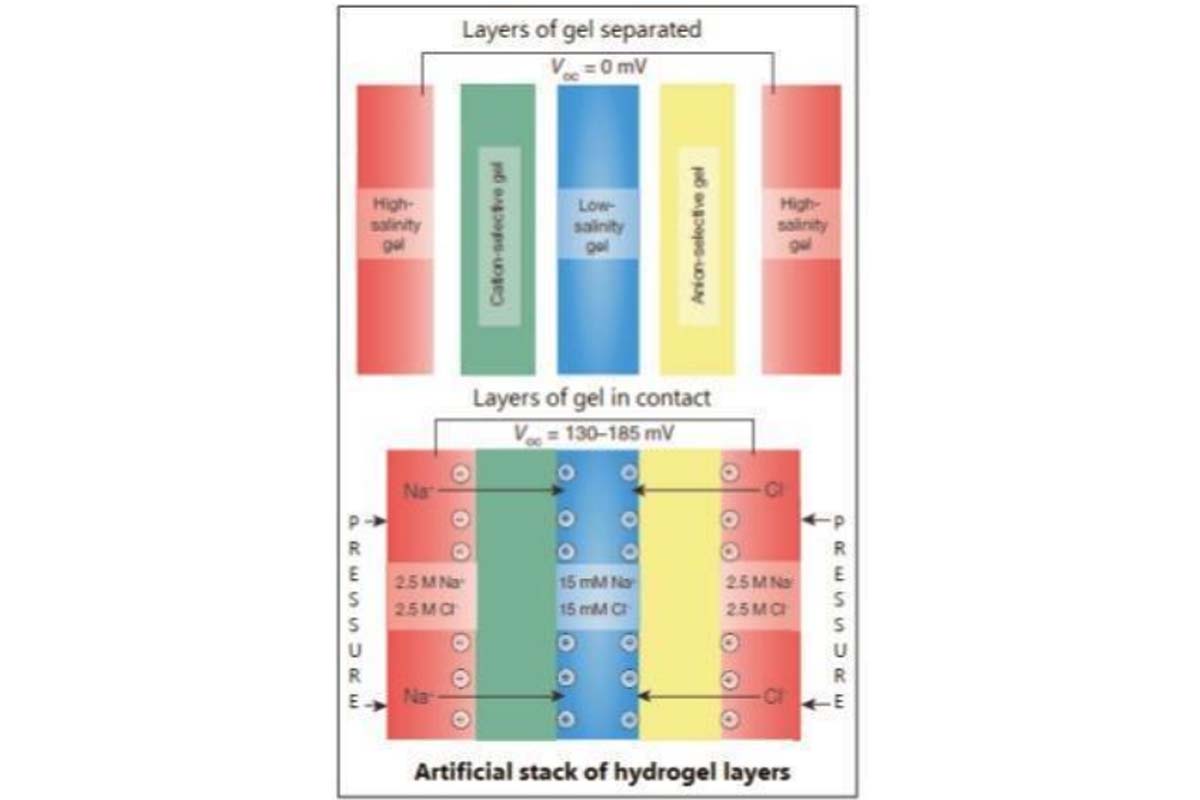Lithium Triangle
In the heart of South America’s desolate landscapes lies a battleground where the forces of progress clash with the guardians of tradition.
Electricity was harnessed by the natural world long before humans.

Photo: SNS
The electric eel is a fish that can stun a grown man with its 660- volt shock. Although known since ancient times, it was only in 1766 that it was recognised and classified. And the name given was Gymnotus electricus, or belonging to a family of long, bony, freshwater fish found in South America, with a mention that there is something “electric”.
A paper in Nature, in 2017, by Thomas Schroeder, Anirvan Guha and others in Ann Arbor, Michigan, Fribourg, Switzerland La Jolla in California described an arrangement that imitated the organ within the electric eel, Electrophorus electricus, to work as a flexible and biocompatible source of electricity, which could be integrated within living things. And another group from institutes in the US, Geneva and in Surinam, where the fish is also found, writes in Nature Communications about diversity within the species, “which could also reveal a hidden variety of substances and bioelectrogenic functions.” This group identifies varieties that could qualify as two new species, one of which generates 860V, as against 650V recorded so far.

The electric eel, of course, is not the only creature that uses electricity — there is electricity at play in most living things. All communication within the body, from conveying sensory information to activating muscles for movement, is with electricity. Not in the sense of a current through metallic conductors, as in machinery, but through electrochemistry in living cells.
Advertisement
The nerve cell is the unit that passes signals and a chain of nerve cells can pass information rapidly over a distance. The structure of the nerve cell, for the purpose, is an extended transmission portion, the axons, and terminated by nerve endings called dendrites. As a result of a stimulus, like a touch, or a chemical signal from a neighbouring nerve cell, there are chemical changes of an electrical nature, which pass through the length of the axons, and then to the next cell.

This passage of information takes place by changes in the electrical charge within the cell. As a nerve cell is a cell, like any other, it has all the apparatus of cells, including the nucleus, with the instructions in DNA of what enzymes to produce and hence how to manage the chemical balance in the cell. These instructions tell the nerve cell to produce a slight excess of positive, potassium ions and some large, negatively charged protein molecules. At the same time, the cell has a slight deficiency of positive, sodium ions and negative, chlorine ions.
This is the normal condition, when a nerve cell is “at rest”, and the relative concentration of the charged “ions” within the cell is the opposite of the concentration outside the cell. The net result, thanks to negative charges, is that the cell is some 70-80 mV negative compared to the outside. As the cell wall does not allow ions to pass, there is thus an electrical “tension” on the two sides of the wall.
That changes with the arrival of a signal, from the environment or a neighbouring cell to the receptor of a cell. The signal causes the opening of gaps, called gateways, in the material of the cell wall. The first gateways that open allow positively charged sodium ions outside the cell to rush in, and the net change is reversed to about +40 mV. This change opens another set of gateways that allow positive potassium ions to rush to the potassium deficient exterior, which restores the – 70 mV polarity of the cell. While this part of the cell must now rest for a short, “refractory” period, the result of the up and down change of polarity acts as a signal to the adjacent part of the cell. And in this way, the signal passes through the length of the cell, and at its termination, releases a chemical signal that activates the next cell.
Electric eel
While the electric eel also has a nervous system that acts in this way, it has adapted the charge producing mechanism in the cells to create a battery of charged cells, to work as a power source, in place of a communication channel. “The first of the evolved features in the eel’s electric organ is the arrangement of thousands of ion gradients in series by growing long and thin electrically active cells known as electrocytes in parallel stacks spanning the rear 80 per cent of the eel’s body,” says the 2017 paper.
The arrangement is able to “produce a total transcellular potential of approximately 150 mV. Large electric eels stack thousands of electrocytes in series and can generate potential differences of over 600 V; parallel arrangement of multiple stacks enables peak currents that approach one Amp,” the paper says.
The electric eel, which is really not an eel, belongs to a group of bony fish, the gymnotiformes, many of which produce electric fields for navigation and communication. The electric fields used for communication are low voltage signals, but the electric eel has evolved to use high voltage for hunting or defence. When the electric eel finds its prey, the brain sends a signal to the electrocytes. The ion channels open and sodium ions flow, to reverse polarities and create a sudden surge voltage. This can result in severe electric shocks that stun the victim. The electrical fields can also affect the prey’s nervous and muscular system, to prevent it from escaping or to compromise its position.
In mimicking the apparatus of the electric eel, Schroeder and the group replaced the electrolytic membranes with four kinds of a polymer gel that can hold saline water. The four gels are arranged in the order of a high salinity gel, followed by a one that accepts positive charges, followed by a low salinity gel and then a gel that accepts negative charges. And then the high salinity gel of the next group in a long sequence.
As the first layer of the group get bled of positive charges, while the last layer collects negative charges, a difference of electric potential, or a voltage, of 130-185 mV develops between the ends of the group. With a long series of such units, the paper reports that with 2,449 gels stacked in series, a voltage of 110 V could be achieved. The arrangement has been designed to be connected by applying pressure, or by an electric field, so that it activates in seconds.
While the cells in the electric organ of the electric eel, after each shock delivery, is recharged by the cells being reoriented and the use of energy, in the artificial version, the recharge is by passing an electric current. There is still work, to refine the architecture of the arrangement, to increase its output and find alternate means of recharge. But it is the beginning of a power source that could easily be implanted in living things and of harnessing nature’s methods, possibly to get electric power from other, renewable sources of energy.
Advertisement